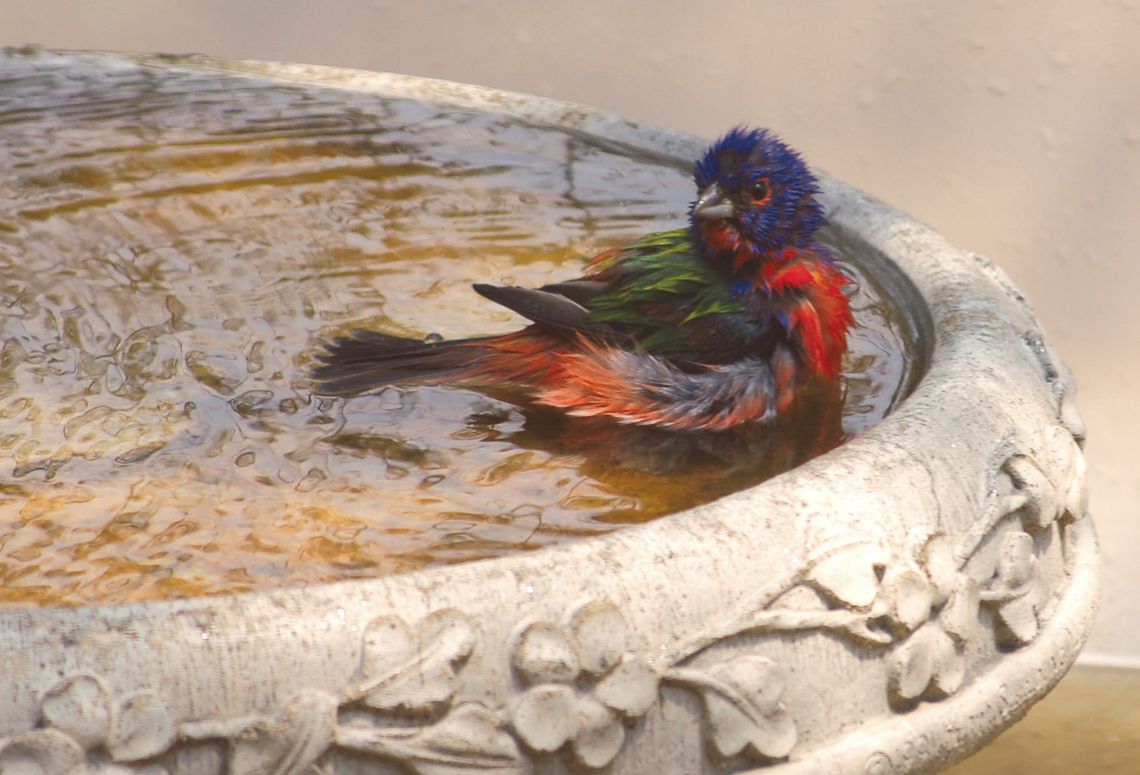The City Nature Challenge is coming to Wimberley, April 25 to 28. It is a competition to see which cities can document the greatest number of species of plants or animals in a period of eight days using iNaturalist, a free phone app.
The competition originated in 2016 between the Natural History Museum of Los Angeles County and the California Academy of Sciences in San Francisco.
Excitement about the number of observations made that first year – 20,000 in all – and the number of people who got involved, more than 1,000, had other cities wanting to get in on the fun.
In 2017, the City Nature Challenge went nationally, adding 14 cities including Austin, Dallas-Ft. Worth, and Houston. Dallas- Ft. Worth led the country in the number of observations recorded. Houston had the largest number of observers.
In 2018, the CNC became an international event. During 2024, more than two million observations were recorded of more than 65,000 species. Over 83,000 people participated. San Antonio placed third in the world for the number of observations that were recorded.
The challenge consists of two parts: making and uploading observations to iNaturalist; and identifying them. iNaturalist is a free app that can be found on both Apple and Android app stores.
An observation is a record of one organism, at a particular place and time, and documented with a photo or audio recording. The observation is usually pictures of the organism itself, but can be of a nest, scat, prints or recorded sounds.
Observations must be made from April 25 to 28. The days April 29 to May 4 are designated for uploading and identifying observations. Settings within iNaturalist allows users to record observations on the fly, or to batch upload at home.
The observations allow researchers, local biologists and conservationists to monitor the distribution and density of species and help decisionmakers evaluate the effectiveness of conservation efforts.
An observation reaches research grade status when two-thirds of the identifications agree.
How does Wimberley fit in? Wimberley, as well as the rest of Hays County, are considered part of the Austin metropolitan area. Observations will not only help place Austin at the top for observations, species, and participants, but will showcase the biodiversity of the Hill Country.
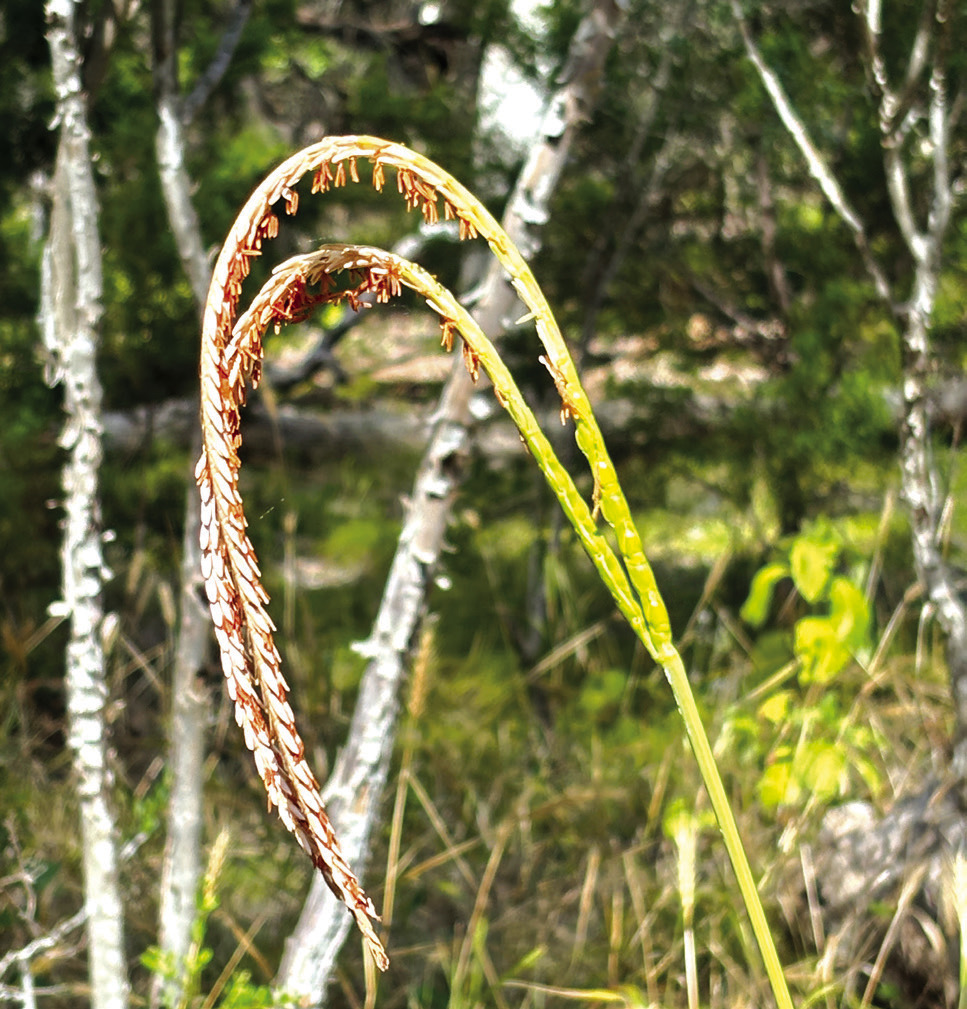
EASTERN GAMAGRASS ( TRIPSACUM DACTYLOIDES)
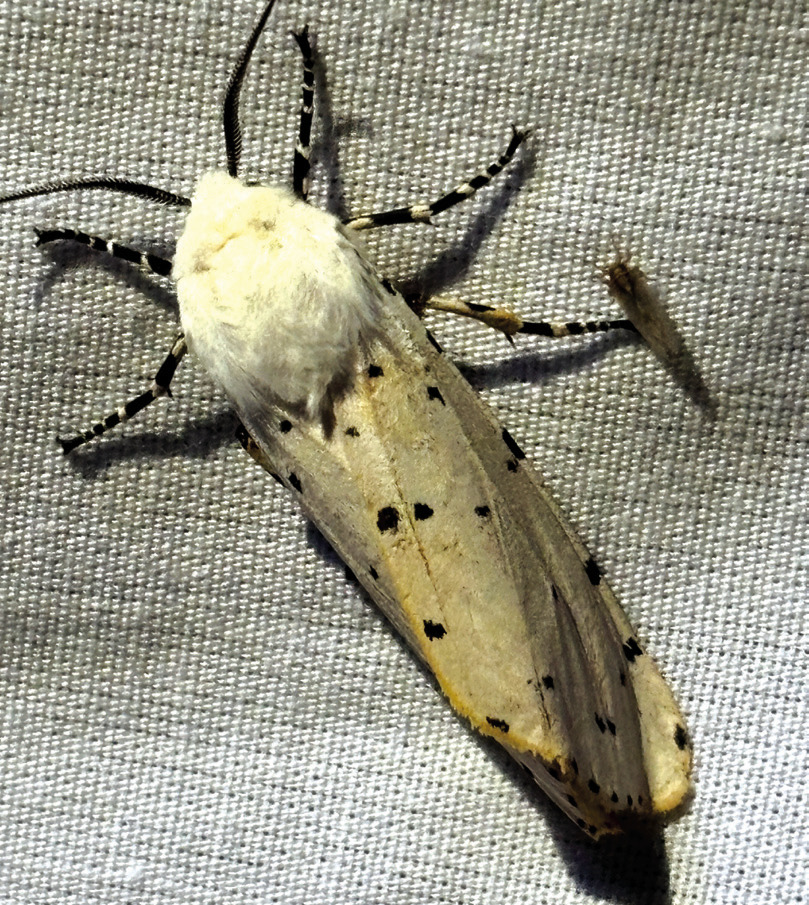
SALT MARSH MOTH ( ESTIGMENE ACREA)
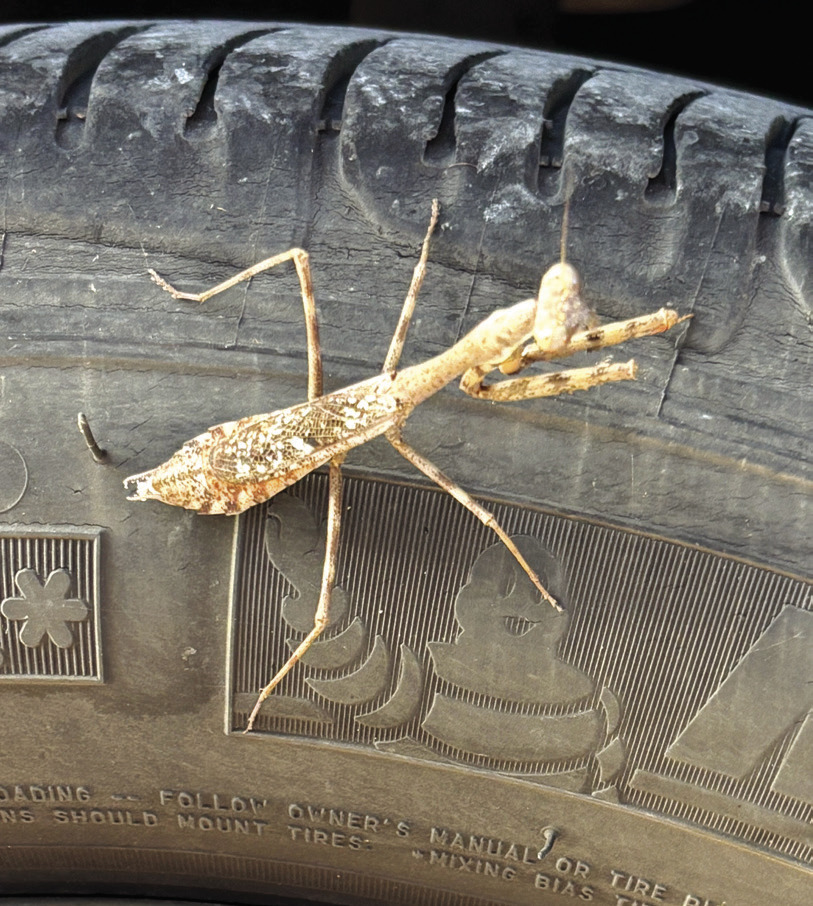
CAROLINA MANTIS ( STAGMOMANTIS CAROLINA)
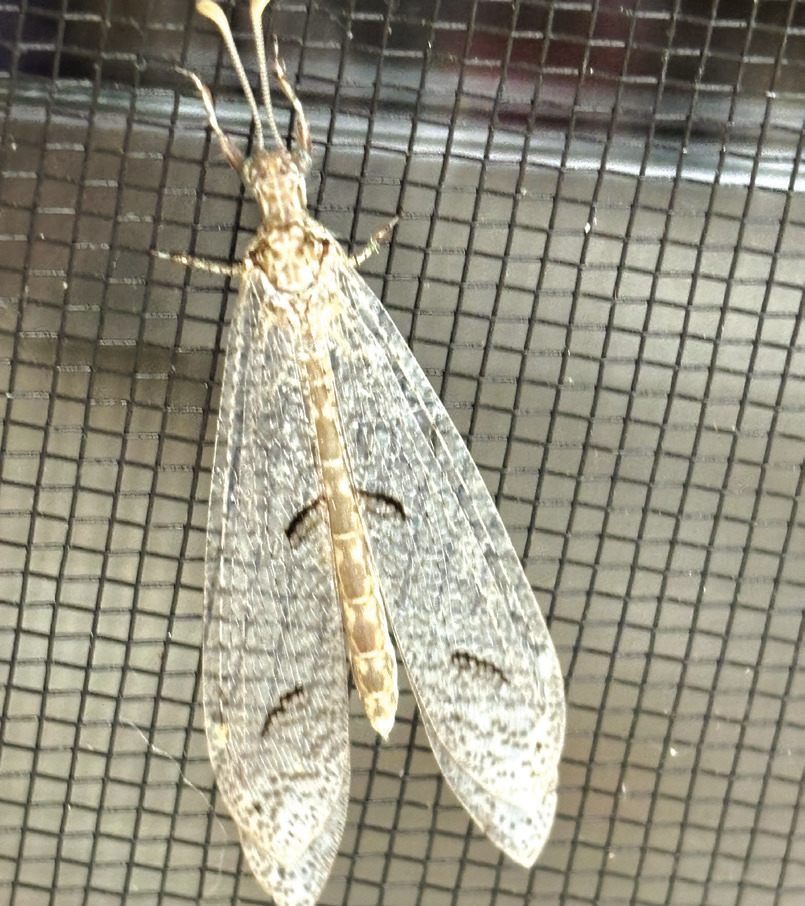
ANTLION ( EUPTILON ORNATUM)
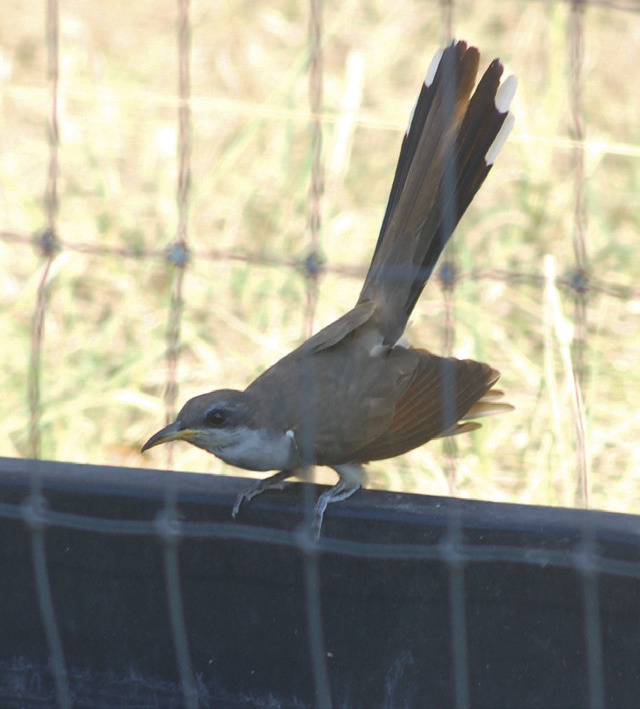
YELLOW-BILLED CUCKOO ( COCCYZUS AMERICANUS)
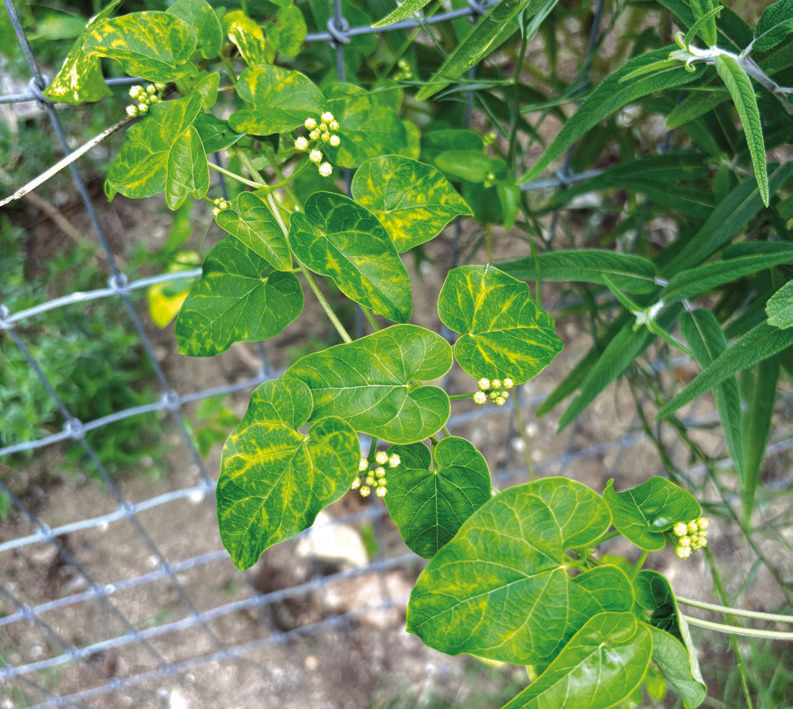
TALAYOTE ( CYNANCHUM UNIFARIUM)


